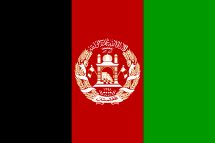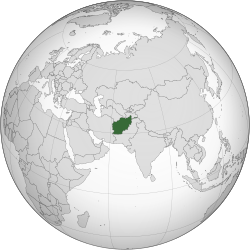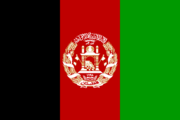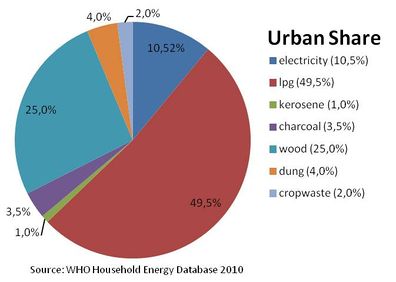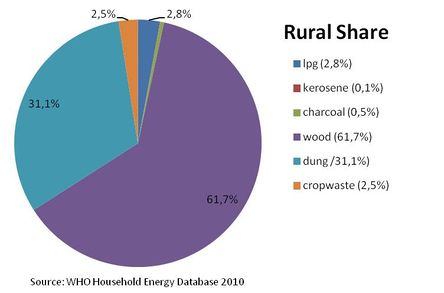Knowledge fuels change
For over a decade, Energypedia has shared free, reliable energy expertise with the world.
We’re now facing a serious funding gap.
Help keep this platform alive — your donation, big or small, truly matters!
Thank you for your support
Afghanistan Energy Situation
| Afghanistan | |||
|
Capital |
Kabul (34° 32′ 0″ N, 69° 10′ 0″ E) | ||
|
Official language(s) |
Dari (Persian) and Pashto | ||
|
Government |
Islamic republic | ||
|
President |
Hamid Karzai | ||
|
Prime Minister |
| ||
|
Total area |
647,500 km2 | ||
|
Population [1] |
29.8 million | ||
|
Rural-Population |
23 million (77%) | ||
|
Urban-Population |
6.8 million (23%) | ||
|
Population Density |
43 Persons per km² | ||
|
Average Household Size |
11.4 | ||
|
GDP (nominal) |
$15.608 billion | ||
|
GDP per Capita |
$517 | ||
|
Currency |
Afghani (AFN) | ||
|
Time Zone |
CET (UTC+04:30) | ||
|
Calling Code |
+93 | ||
| Country Name | |||
|---|---|---|---|
| Capital | |||
| Official Languages(s) | |||
| Government | |||
| President | |||
| Total Area | km2 | ||
| Population | (year) | ||
| Rural Population | (year) | ||
| GDP (Nominal) | US $ (year) | ||
| GDP Per Capita | US $ (year) | ||
| Currency | |||
| Time Zone | |||
| Electricity Generation | TWh/year (year) | ||
| Access to Electricity | % | ||
| Wind energy (installed capacity) | MW (year) | ||
| Solar Energy (installed capacity) | MW (year) | ||
Overview
Geography and Climatic Conditions
- Arid to semiarid; cold winters and hot summers
- Mean temperature (°C min/max): 4.3/19.6 [2]
- Natural gas, petroleum, coal [1]
- Land area covered by forest: 1.3%
- Forest annual rate of change: 0% [3]
Socioeconomical Situation
Income Sources
- Agriculture: 79%
- Industry: 6%
- Services: 16%
National Energy Situation
Energy Supply
Electricity
Sources
- Hydropower 63,7%
- fossil fuels 35,3%
Stability
Energy Consumption
National Level
Electricity
Household Level
Percentage of energy types used for cooking in rural areas [4]
Percentage of energy types used for cooking in rural areas. [4]
Percentage of Population Using Solid Fuels
National: >95% [5]
Solid Fuel Use Impact on Health
Total annual deaths attributable to solid fuel use: 23900 persons
Percentage of national burden of diseases attributable to solid fuel use: 4.9% [6]
Access Rate
Electrification Rate
Electrification rate in households:[7]
- National: 23%
- Urban: 74%
- Rural: 3%
Policy Framework, Laws and Regulations
Relevant Institutions and Organisations
Existing Projects
Further Information
References
- ↑ 1.0 1.1 CIA - The World Factbook: https://www.cia.gov/library/publications/the-world-factbook/geos/af.html
- ↑ UN Data (2008): http://data.un.org/CountryProfile.aspx?crName=Afghanistan
- ↑ FAO (2011) The State of the World's Forest
- ↑ 4.0 4.1 WHO 2010: WHO Household Energy Database
- ↑ WHO (2006): Fuels for Life
- ↑ WHO (2006): Fuels for Life
- ↑ The National Risk and Vulnerability Assessment 2005, Kabul, Afghanistan. Cited in WHO (2009) The Energy Access Situation in developing Countries

